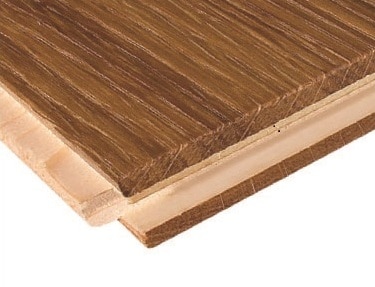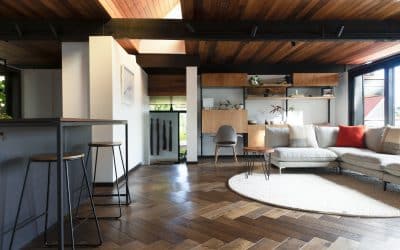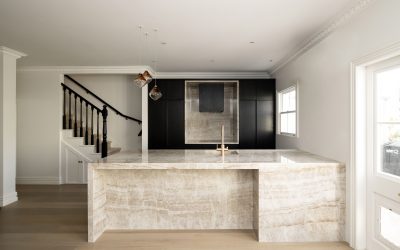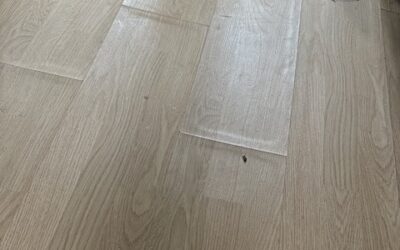Under floor heating creates one of the most challenging environments in which to lay a floor. The wider the plank, the more potential for expansion and contraction of the wood floor. Heating the floor can cause further plank movement.
Excessive plank movement can lead to twisting, cupping and warping. That’s why it’s vital to only use perfectly engineered wood flooring with underfloor heating.
Quick Tips
It’s important to follow manufacturer guidelines when installing timber flooring with underfloor heating. Follow the specific manufacturer’s process to slowly heat the concrete slab prior to the start of flooring installation.
Ensure the heating coils or cables cover ALL areas where there will be timber flooring.
When using the heating system the floor surface temperature should not exceed 27 degrees Celsius. Note that rugs may cause hot-spots in the timber flooring that may compromise the structure of the floorboard.
Key to Success – Engineered Plank Construction
The construction and quality of the floorboard is the key to success with underfloor heating. Only engineered floorboards should be specified for use with underfloor heating systems.
The term ‘engineered’ means a floorboard made up of 3-layers or multiple layers of wood; similar to plywood. This engineered board structure is approximately 70% more stable than solid wood flooring (meaning it expands and contracts much less than solid wood floorboards do).
Unsurpassed Stability – Admonter Engineered Plank Construction

While the engineered floorboards described above will perform adequately with underfloor heating, for a more advanced solution we recommend the Admonter 3-ply engineered floorboard. This is an evolution of the engineered flooring structure, a 3-layer plank consisting of upper and lower layers of the same thickness. This structure provides perfect tension to keep all forces in check and ensure that your Admonter engineered wood flooring will remain perfectly flat when used with underfloor heating or in any other challenging environment, such as in very humid or dry climates.


